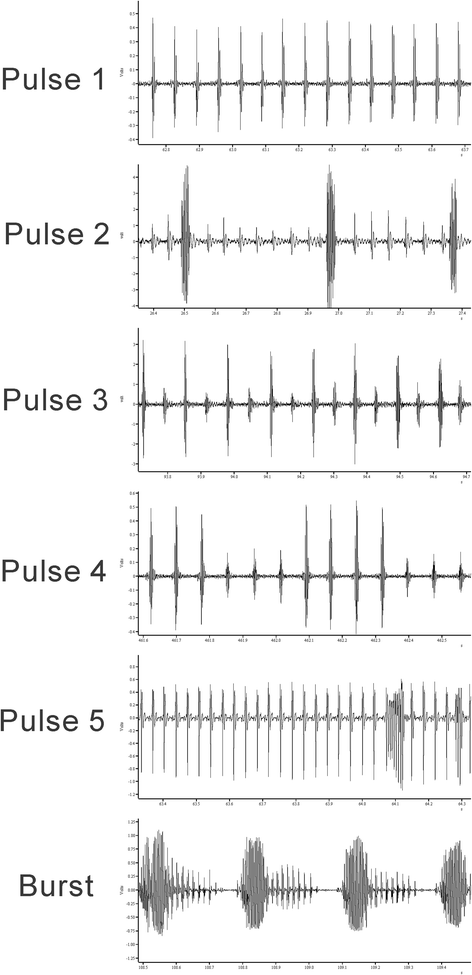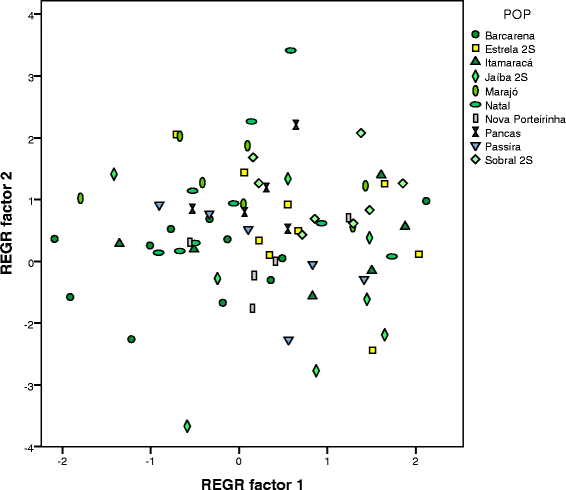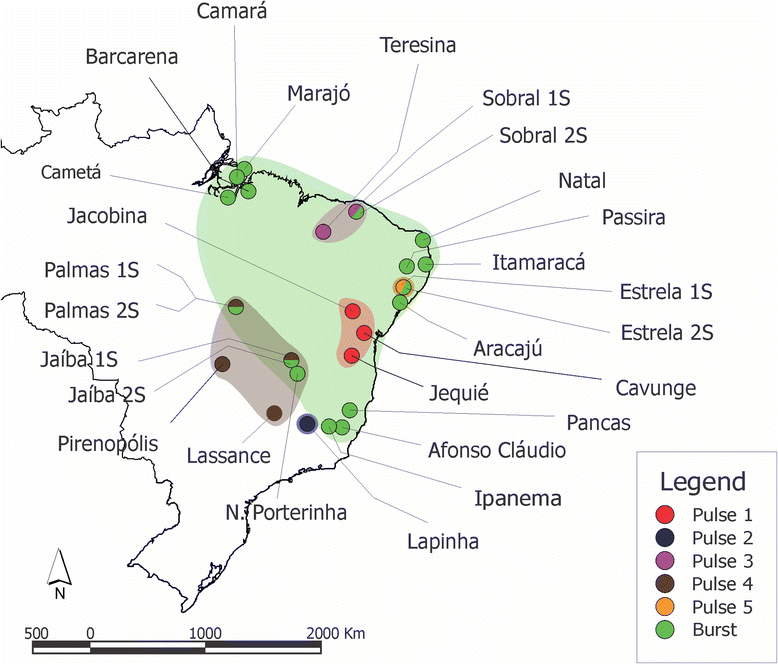Phenotypic differentiation in love song traits among sibling species of the Lutzomyia longipalpis complex in Brazil
- PMID: 26017472
- PMCID: PMC4456791
- DOI: 10.1186/s13071-015-0900-8
Phenotypic differentiation in love song traits among sibling species of the Lutzomyia longipalpis complex in Brazil
Abstract
Background: Brazilian populations of Lutzomyia longipalpis may constitute a complex of cryptic species, and this report investigates the distribution and number of potential sibling species. One of the main differences observed among Brazilian populations is the type of acoustic signal produced by males during copulation. These copulation song differences seem to be evolving faster than neutral molecular markers and have been suggested to contribute to insemination failure observed in crosses between these sibling species. In previous studies, two main types of copulation songs were found, burst-type and pulse-type. The latter type can, in turn, be further subdivided into five different patterns.
Methods: We recorded male song from 13 new populations of the L. longipalpis complex from Brazil and compared the songs with 12 already available.
Results: Out of these 25 populations, 16 produce burst-type and 9 produce pulse-type songs. We performed a principal component analysis in these two main groups separately and an additional discriminant analysis in the pulse-type group. The pulse-type populations showed a clear separation between the five known patterns with a high correspondence of individuals to their correct group, confirming the differentiation between them. The distinctiveness of the burst-type subgroups was much lower than that observed among the pulse-type groups and no clear population structure was observed. This suggests that the burst-type populations represent a single species.
Conclusion: Overall, our results are consistent with the existence in Brazil of at least six species of the L. longipalpis complex, one with a wide distribution comprising all the populations with burst-type songs, and five more closely related allopatric siblings with different pulse-type song patterns and more restricted distribution ranges.
Figures







References
-
- Mendelson TC, Shaw KL. Close-range acoustic signaling and mate choice in Hawaiian crickets (Gryllidae: Laupala) Behav Ecol Sociobiol. 2006;59:770–776. doi: 10.1007/s00265-005-0107-7. - DOI
Publication types
MeSH terms
Grants and funding
LinkOut - more resources
Full Text Sources
Other Literature Sources

